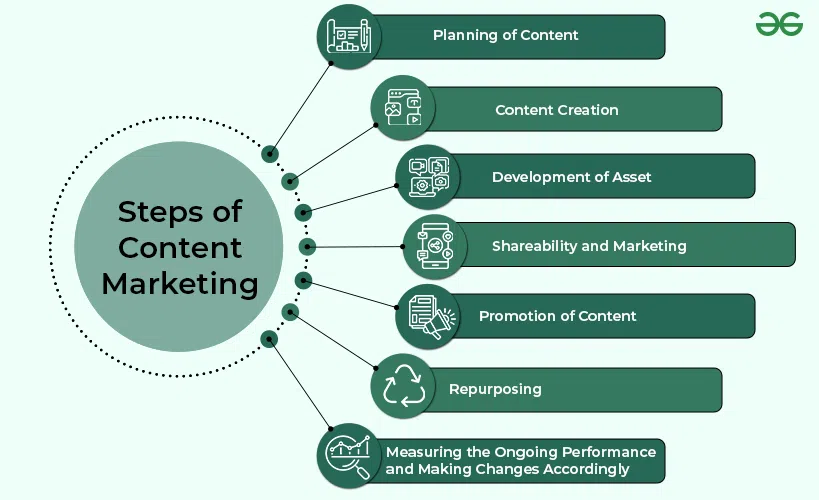In today’s fast-paced digital world, businesses are constantly looking for ways to stay competitive, improve efficiency, and enhance customer experiences. One of the most effective tools available is Artificial Intelligence (AI) automation. As we head into 2025, AI is no longer just a futuristic concept but a practical solution that is revolutionizing how businesses operate across industries.
In this post, we’ll explore how AI automation can help streamline business operations, improve productivity, and drive growth, while also discussing key applications and strategies for integrating AI into your business.

How AI Automation Can Benefit Your Business
- Increased Efficiency and Productivity
AI can handle time-consuming tasks that would otherwise require manual effort, freeing up your team to focus on more strategic activities. For example, AI-powered chatbots can provide 24/7 customer support, while automation tools can schedule social media posts or manage email campaigns without human involvement.
Example:
In the e-commerce industry, AI can automate product recommendations, helping customers discover new products based on their browsing behavior, which leads to increased sales.
- Enhanced Customer Experience
AI-driven automation allows businesses to offer more personalized and responsive customer experiences. Chatbots can instantly respond to customer inquiries, while AI-based systems can analyze customer behavior to deliver tailored recommendations, improving satisfaction and loyalty.
Example:
AI in customer service can provide instant responses to FAQs, resolve common issues, and escalate complex matters to human agents when necessary, ensuring a smooth experience for the customer.
- Cost Savings
By automating routine tasks, businesses can reduce operational costs and improve efficiency. Automation minimizes the need for a large workforce to handle repetitive tasks, and AI systems typically perform these tasks more accurately and at a lower cost than human employees.
Example:
AI can automate inventory management by analyzing trends in sales and automatically restocking products when levels are low, reducing overstocking and understocking issues.
- Data-Driven Decision Making
AI can process vast amounts of data in real time, providing businesses with actionable insights and predictions. This data-driven approach helps businesses make more informed decisions, optimize marketing campaigns, and improve operational strategies.
Example:
AI tools can analyze customer data to predict buying patterns and preferences, helping businesses develop targeted marketing campaigns that resonate with their audience.
Key Applications of AI Automation for Businesses
- Customer Support Automation
AI-powered chatbots and virtual assistants can engage with customers in real time, answer frequently asked questions, and resolve basic issues. These tools improve response times and ensure that customers get the help they need without having to wait for a human agent.
Tip:
Implement AI-driven chatbots on your website, social media platforms, or messaging apps to offer real-time customer support and enhance user experience.
- Marketing Automation
AI can help automate a wide range of marketing tasks, such as content creation, email marketing, social media management, and customer segmentation. AI-driven platforms can identify the best time to send emails, personalize content for different segments, and predict which leads are most likely to convert.
Tip:
Leverage AI tools like Mailchimp or HubSpot to automate email campaigns and personalize marketing efforts based on customer behavior.
- Sales and Lead Generation
AI tools can identify potential leads by analyzing customer data and online behavior. Sales teams can use these insights to prioritize high-value leads and tailor their outreach. Additionally, AI can help automate follow-up emails, schedule meetings, and track interactions.
Tip:
Use AI-powered CRM systems like Salesforce or Zoho CRM to streamline lead generation and enhance the sales process.
- Supply Chain and Inventory Management
AI can forecast demand, manage stock levels, and automate reordering processes. By analyzing historical sales data and market trends, AI can help businesses maintain optimal inventory levels, reduce waste, and avoid stockouts.
Tip:
Implement AI-based inventory management systems to automate replenishment orders and optimize supply chain operations.
How to Integrate AI Automation into Your Business
- Identify Key Areas for Automation
Before integrating AI, assess your business processes and identify areas where automation can provide the most value. Start with repetitive, time-consuming tasks that don’t require human creativity or emotional intelligence.
Tip:
Begin with simple applications like customer support or email marketing automation, and gradually scale up as you become more comfortable with AI tools.
- Choose the Right AI Tools
There are a variety of AI tools available for different purposes, from customer service and marketing to sales and supply chain management. It’s important to select AI platforms that align with your business goals and are easy to integrate into your existing systems.
Tip:
Research popular AI tools like chatbots (e.g., Drift or Intercom), marketing automation platforms (e.g., Mailchimp, Marketo), and AI CRM solutions (e.g., Salesforce, HubSpot) that suit your needs.
- Train Your Team
Integrating AI tools into your business may require some training to ensure that your team can effectively use the technology. Invest time in educating your employees on how AI works and how they can use it to improve productivity and decision-making.
Tip:
Provide regular training sessions to keep your team updated on the latest AI tools and best practices. This will help them adapt and leverage AI for greater success.
- Monitor and Optimize Performance
AI automation isn’t a “set it and forget it” solution. It’s essential to continually monitor the performance of AI tools and optimize them based on the results. Regularly evaluate the impact of AI on your operations and make adjustments to improve outcomes.
Tip:
Use analytics dashboards and reporting tools to track the performance of AI systems and identify areas for improvement.
Conclusion: AI Automation Is the Future of Business
AI automation is transforming the way businesses operate, helping them achieve greater efficiency, reduce costs, and deliver superior customer experiences. As we move into 2025, AI will become even more integral to business success across industries. By adopting AI-driven automation tools and strategies, businesses can stay ahead of the competition and unlock new opportunities for growth and innovation.






